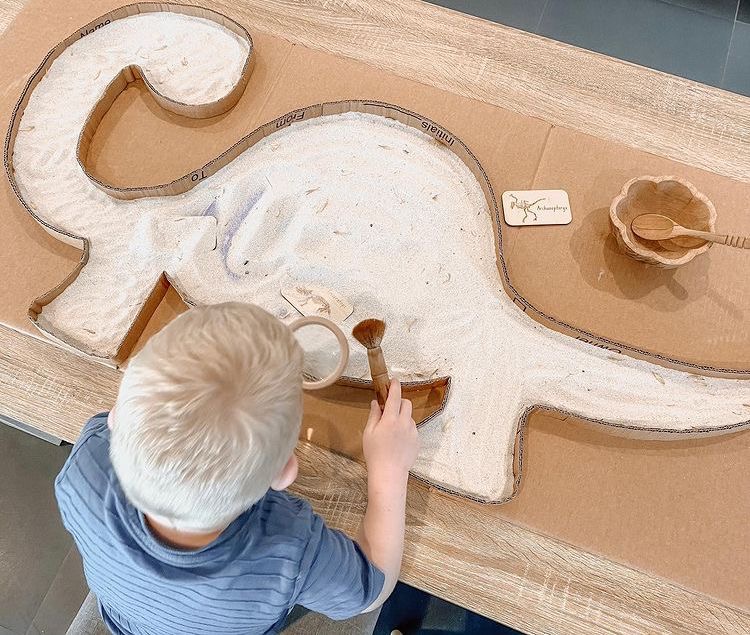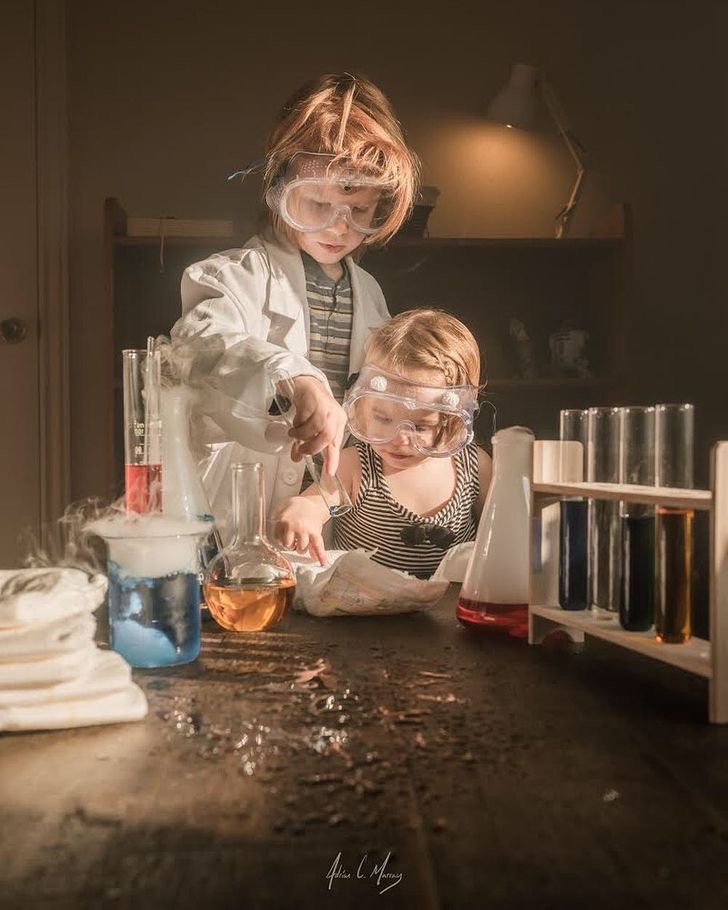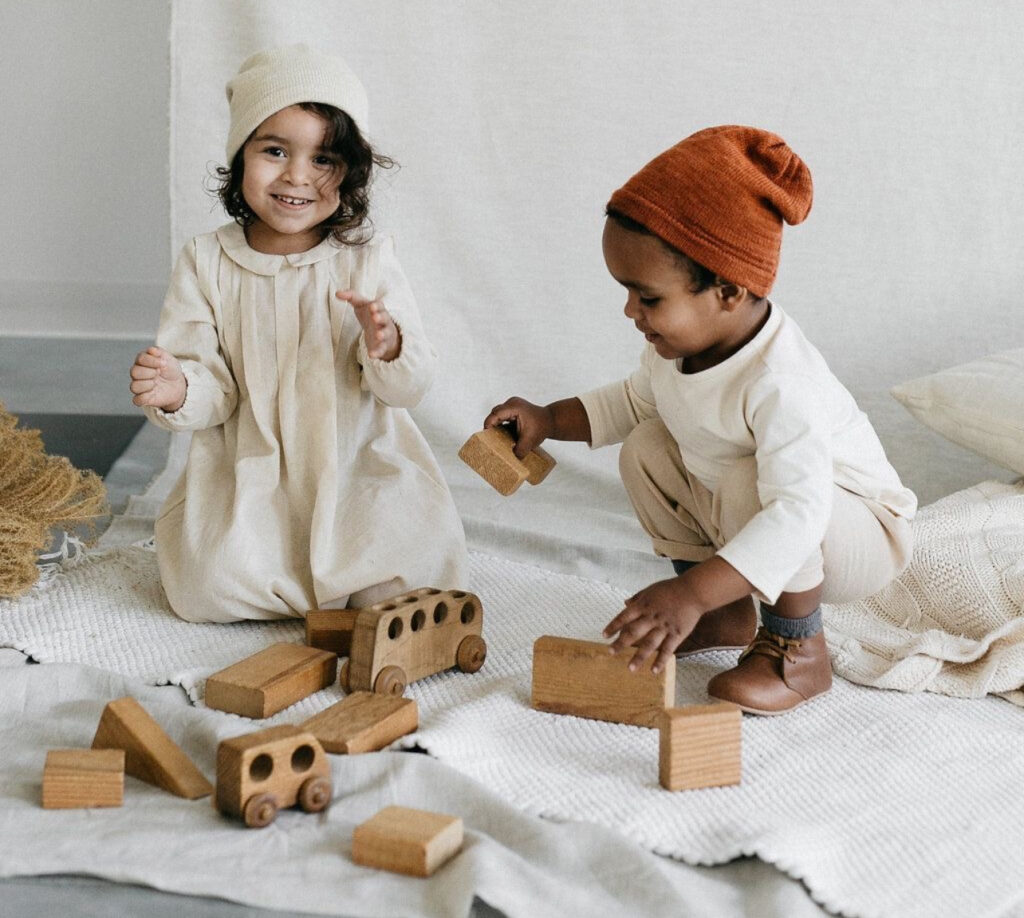
In the ever-evolving landscape of child development, one term stands out as a beacon of educational excellence: hands-on learning. As parents, we are constantly seeking the best ways to nurture our children’s minds and bodies, and hands-on learning offers a powerful approach to achieve just that. Join us on a journey through the world of hands-on learning as we explore its definition, benefits, and practical applications. Together, let’s unlock the potential of our little ones through the magic of exploration and discovery, creating a foundation for lifelong learning and success.
What Is Hands-On Learning?
Hands-on learning, also known as experiential learning, is an educational approach that emphasizes direct engagement with materials and concepts. Coined by educational theorist John Dewey, hands-on learning encourages children to explore, experiment, and discover through tactile experiences. It’s about more than just memorizing facts; it’s about actively participating in the learning process and making meaningful connections.
This approach recognizes that children learn best when they can manipulate objects, conduct experiments, and engage with real-world scenarios. By providing hands-on experiences, educators and parents can tap into children’s natural curiosity and ignite a passion for learning that lasts a lifetime.
The Benefits of Hands-On Learning
The benefits of hands-on learning are vast and far-reaching. Research has shown that this approach not only enhances academic achievement but also fosters essential life skills such as problem-solving, creativity, and collaboration. By actively engaging with their environment, children develop a deeper understanding of concepts and retain information more effectively. Furthermore, this learning style promotes a positive attitude towards learning, instilling a lifelong love of discovery.
Hands-on learning promotes a growth mindset, where children embrace challenges and view failures as opportunities for growth. By encouraging experimentation and exploration, parents can help their children develop resilience, perseverance, and self-confidence. Moreover, hands-on activities provide immediate feedback, allowing children to learn from their mistakes and make adjustments in real-time.
How Hands-On Learning Promotes Cognitive Development
Hands-on learning is not just fun and games; it’s also a powerful catalyst for cognitive development. Studies have demonstrated that hands-on activities stimulate neural pathways in the brain, promoting the growth of synapses and enhancing cognitive function.
For example, activities that involve sorting, categorizing, and matching help children develop essential skills such as classification and pattern recognition. By engaging multiple senses simultaneously, hands-on learning creates rich learning experiences that strengthen neural connections and lay the foundation for future academic success.
Furthermore, hands-on learning encourages critical thinking and problem-solving skills by challenging children to think creatively and find innovative solutions to real-world problems. By engaging in hands-on activities, children learn to approach challenges with curiosity and persistence, developing a growth mindset that will serve them well throughout their lives.
How To Teach Hands-On Learning
Teaching hands-on learning doesn’t require fancy equipment or elaborate lesson plans. In fact, some of the most effective hands-on activities can be done with everyday materials found around the house. One simple yet effective strategy is to incorporate hands-on elements into everyday routines. For example, encourage your child to help with cooking by measuring ingredients or sorting utensils. Likewise, outdoor exploration provides endless opportunities for hands-on learning, from collecting leaves and rocks to planting a garden. By integrating hands-on activities into daily life, parents can nurture their child’s curiosity and creativity while fostering a love of learning.
Additionally, parents can leverage technology to enhance hands-on learning experiences. Educational apps and games can provide interactive, engaging activities that reinforce concepts learned through hands-on exploration. Whether it’s using a virtual microscope to explore the world of biology or programming a robot to navigate a maze, technology can complement hands-on learning and expand children’s understanding of the world around them.
Hands-On Learning Activities
Now that we understand the importance of hands-on learning, let’s explore five fun and educational activities that parents can do with their children:
Sensory bins:
Create a sensory-rich environment by filling a bin with materials such as rice, beans, or water. Encourage your child to explore the textures, colors, and smells while engaging their senses. Take it a step further by adding hidden objects for them to find, promoting sensory exploration and cognitive development.
For example, bury small toys or objects in the bin and have your child search for them using only their sense of touch. This activity not only enhances sensory awareness but also fosters problem-solving skills and attention to detail.


DIY Experiments:
Turn your kitchen into a science lab with simple experiments like baking soda volcanoes or homemade slime. Not only are these activities fun, but they also teach valuable scientific concepts. Expand on the learning by discussing the science behind the experiments and encouraging your child to make predictions and observations. For example, when making slime, discuss the properties of the ingredients and how they interact to create the final product.
This hands-on exploration of scientific principles helps children develop critical thinking skills and a deeper understanding of the world around them.
Nature Walks:
Take a stroll through your neighborhood or local park and encourage your child to observe the world around them. Collect leaves, rocks, and other treasures to examine later, fostering a sense of wonder and curiosity. Extend the learning by turning your nature walk into a scavenger hunt, challenging your child to find specific items or identify different plant and animal species.
This activity not only promotes observation skills and environmental awareness but also encourages physical activity and a connection to nature. Plus, it’s a great way to spend quality time together as a family.


Art Projects:
Get creative with art projects that allow your child to express themselves through painting, drawing, or sculpting. Encourage experimentation and exploration as they explore different mediums and techniques. Take their art to the next level by incorporating storytelling or imaginative play. For example, after creating a painting, encourage your child to tell a story about what they’ve created or use their artwork as inspiration for a dramatic play scenario. This activity not only enhances artistic skills but also fosters language development, creativity, and self-expression.
Building and Construction:
Break out the blocks, Legos, or other building materials and let your child’s imagination run wild. Building and construction activities not only develop fine motor skills but also encourage problem-solving and spatial reasoning.
Take building to new heights by incorporating STEM concepts into your projects. For example, challenge your child to build a bridge that can support a certain weight or a tower that can withstand a simulated earthquake. This hands-on approach to STEM learning teaches valuable engineering principles while sparking creativity and innovation. Plus, it’s a fun way to bond with your child and unleash their inner architect or engineer.

That’s A Wrap!
Hands-on learning is a powerful tool for promoting cognitive development in early childhood. By engaging children in meaningful, experiential learning experiences, parents can nurture their child’s natural curiosity and creativity while laying the foundation for future academic success. With Boxed, you can bring the magic of hands-on learning into your home with our curated educational subscription boxes. Join us in empowering the next generation of thinkers, creators, and innovators through the power of hands-on learning. Together, let’s unlock the limitless potential of our children and build a brighter future for generations to come.
To check out more fun learning activities, head on over to our blog on 10 Unique and Fun Activities For Kids, or follow Boxed on Instagram @boxed_company!